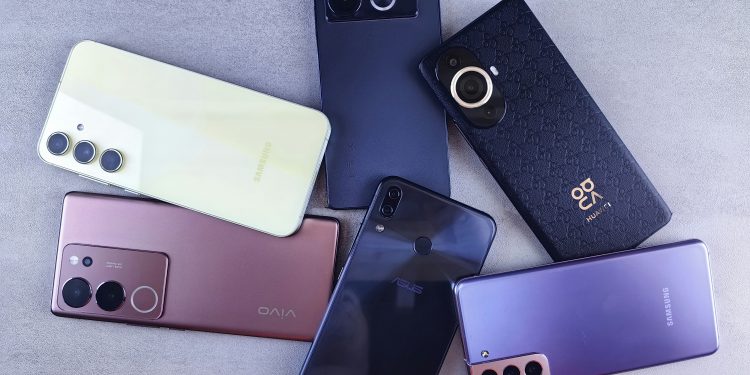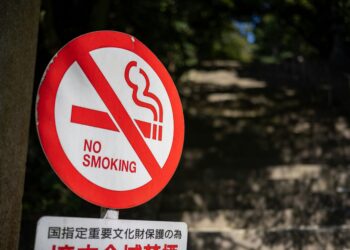The municipal government of Toyoake, Aichi Prefecture, has proposed a groundbreaking ordinance that would recommend all 69,000 residents limit their smartphone use to two hours daily, making it the first such measure in Japan to target device addiction across all age groups.
The proposal, currently under debate by local lawmakers and scheduled for a vote in late September, represents a significant step in addressing growing concerns about excessive screen time and its impact on public health, family dynamics, and educational outcomes.
Mayor Masafumi Koki emphasized that the measure is designed as a non-binding guideline rather than a restrictive regulation, with no penalties for non-compliance. “The two-hour limit is merely a guideline to encourage citizens,” Koki stated. “This does not mean the city will limit its residents’ rights or impose duties. Rather, I hope this serves as an opportunity for each family to think about and discuss the time spent on smartphones as well as the time of day the devices are used”.
Details of the Toyoake Smartphone Ordinance and Implementation Framework
The proposed Toyoake smartphone ordinance includes important exemptions recognizing that digital devices serve essential functions in modern life. Smartphone use during non-leisure activities such as work-related tasks, online learning, educational research, e-sports training, and watching instructional videos while cooking or exercising would not count toward the two-hour daily limit. This nuanced approach acknowledges the indispensable role of technology while encouraging more mindful consumption for recreational purposes.
The ordinance also proposes time-based restrictions tailored to different age groups. Primary school students (ages 6-12) and younger children would be encouraged to avoid using smartphones or tablets after 9:00 PM, while teenagers and adults would be recommended to stop using devices after 10:00 PM. These measures specifically target evening screen time that has been linked to sleep deprivation and disrupted circadian rhythms.
Unlike more restrictive digital wellness measures implemented elsewhere, the Toyoake proposal relies entirely on voluntary compliance and community engagement. The measure explicitly excludes penalties for exceeding the two-hour limit, instead positioning itself as a catalyst for community-wide conversation about healthy digital habits.
Mayor Koki has framed the ordinance as an invitation for families to engage in meaningful discussions about their relationship with technology rather than a government imposition. This approach reflects an understanding that sustainable behavior change requires internal motivation rather than external enforcement. The city government plans to support this initiative with educational resources and public awareness campaigns about the benefits of reducing screen time.
Why It Matters
A primary motivation for the ordinance is preserving educational engagement and social connectivity. Mayor Koki noted that some students were missing school because they refused to leave home without their phones, indicating the severity of device dependency among young people. The proposal aims to address not only individual health outcomes but also the broader social fabric of the community, which officials believe is being eroded by excessive screen time.
The measure represents a preventive approach to what city officials view as a growing public health issue. By establishing community-wide norms around device usage, Toyoake hopes to mitigate the negative impacts on academic performance, family communication, and community engagement that have been associated with digital addiction.


















